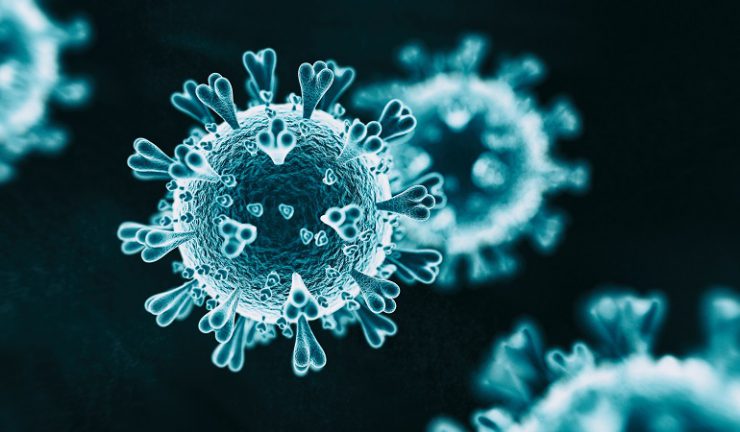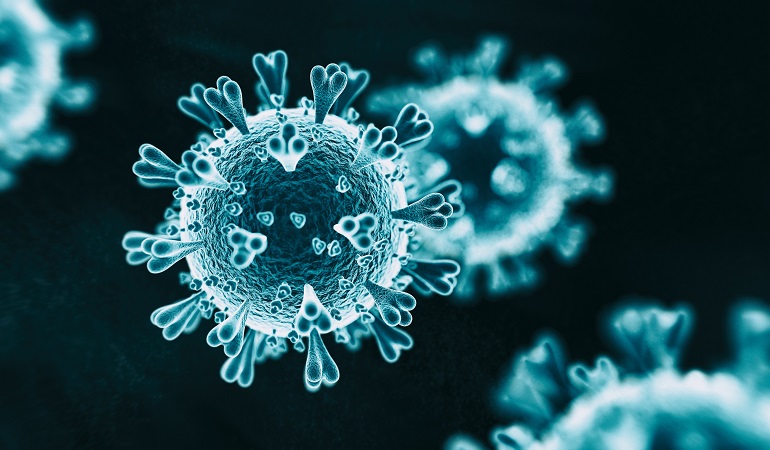Focus on fundamentals, invest in a digital-led approach, reimagine the customer experience and build capabilities for a fast changing environment, is the advice from leading US management consulting firm, McKinsey & Company, to help organisations survive the present and future – post-COVID-19.
Care and connection
More than ever people are relying on extra information, guidance and support to navigate new challenges, according to the consulting firm.
“They want a resource they can trust, that makes them feel safe when everything seems uncertain and that offers support when they feel overwhelmed,” a newly released report from McKinsey & Co states. “The first step is to reach out – not in marketing or overt attempts to gain a competitive edge – but to offer genuine support, whether that’s through payment relief or credit support. It will build positive relationships that are bound to last beyond the crisis.”
But organisations need to first think about their employees. Many CEOs, managing directors and senior executives have taken pay cuts, many companies continue to pay workers even if they need to remain at home due to illness or despite store closures, and employees still on the job require investment in new tools, training and support.
“Today’s industry leaders need to extend beyond the immediate customer base to demonstrate genuine care. For example, donating millions of dollars to local hospitals or refitting production to help produce essentials such as hand sanitiser or face masks.”
Digital-led approach
Online penetration and e-commerce sales have skyrocketed with a wide array of retail store closures and subsequently, people spending more time at home. This means customers need digital, at-home, low-touch options.
“Digital-led experiences will continue to grow in popularity once the coronavirus is suppressed and companies that act quickly and innovate their delivery model will establish a strong advantage. For some companies, digital functionalities are key to ensuring continuity of services.”
Similarly, home delivery has shifted from a convenience to a necessity for fresh food, takeaway, prescriptions or pick-up and drop-off services for vehicles needing repair and maintenance.
McKinsey & Co says if part of the customer journey must exist in a physical channel, companies should consider contactless operations. “In the United States, Walgreens has rolled out a drive-through shopping experience. Customers order from a menu of available items such as household goods, medical supplies and groceries. Store employees assemble and check out the order from the drive-through window. Grocery chains are adding touchless measures, including installation of plexiglass guards at cash registers to protect customers and employees.”

Re-imagine the customer experience
McKinsey & Co expects changes in consumer preferences and business models to outlast the immediate COVID-19 crisis, which has begun to play out in China where there has been a 55% increase in consumers intending to permanently shift to online grocery shopping. “Once acclimated to new digital or remote models, we expect some consumers to switch permanently or increase their usage, accelerating behaviour shifts that were already underway before the crisis.”
McKinsey & Co recognises that cutting costs is inevitable in a downturn, but it should not come at the expense of a good customer experience. “Often, the best ways to improve experience and efficiency at the same time are to increase digital self-service and make smarter operational trade-offs…migrating customers to digital channels is often a successful way to boost savings and satisfaction.”
Bricks-and-mortar retail is likely to change when stores reopen as more customers will have grown comfortable with digital options and underperforming stores are likely to be shut. “Retailers and consumer goods companies should plan now to capture lost volume. Use mobile, online and geospatial data to optimise networks and omnichannel sales…Companies should re-examine the role that physical stores will play…some locations may be converted to ‘dark stores’ for fulfilment only or some existing stores may shift toward ‘experience hubs’.”
Build your capabilities
Research is required to understand changing dynamics and new pain points to maintain a strong customer experience in crisis, according to McKinsey & Co.
“Traditional customer insights techniques such as surveys have too much of a lag between launch and results…With a surge in online usage, there is an opportunity to tap into insights from social media to understand consumer sentiment and develop new ideas.”
Employee feedback can also help gauge how customers are feeling and how daily interactions are changing.
“Tools and technology now exist to rapidly collect and aggregate real-time ideas and feedback from employees…if the volume of insights and feedback from sources like social media and employees has not increased severalfold in an intense crisis environment, take it as a sign that you are missing critical insight needed to adapt experience.”
Further, companies need to accelerate time to market for new customer experiences and release innovations in their ‘minimum viable’ state, rather than waiting to perfect them. “In addition to an agile approach, companies should examine their pipeline to set priorities for new experiences that line up with remote, digital or home delivery trends.”
In conclusion, the consulting firm had this to say: “Customer experience has taken on a new definition and dimension in the challenge of COVID-19. Leaders who care and innovate during this crisis and anticipate changing customer habits will build stronger relationships that will endure well beyond the crisis.”

